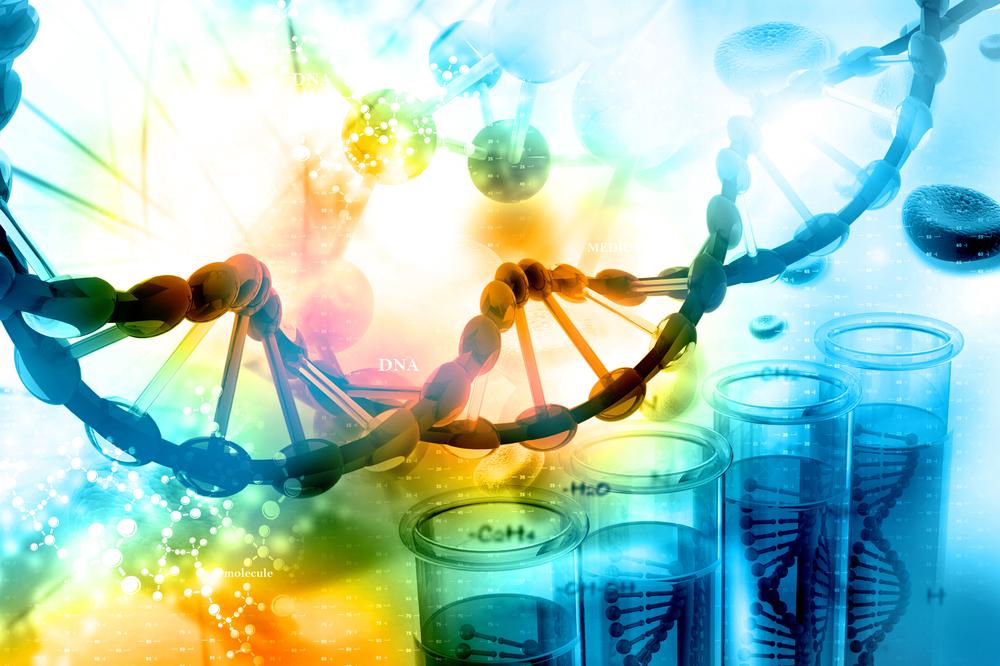Arm Cycling Increases SMA Patients’ Endurance, but Not Levels of SMN Protein, Study Finds

Arm cycling training increased spinal muscular atrophy type 2 patients’ endurance and improved their results on movement tests, a small pilot study indicated.
Despite researchers’ expectations, the training had no effect on patients’ levels of SMN protein or other factors that could help counter the disease.
Nonetheless, the team at Hacettepe University in Turkey said the potential benefits of exercise should be examined in further studies, which could shed light on the molecular mechanisms involved in any benefits.
Researchers published their study, “Effects of Arm Cycling Exercise in Spinal Muscular Atrophy Type II Patients: A Pilot Study,” in the Journal of Child Neurology.
The idea that exercise may jack up levels of SMN protein — which SMA patients lack — stems from mouse studies. They showed that running increases the amount of functional SMN protein in mice with type 2 SMA.
Scientists hypothesized that exercise led to more activity in the back-up SMN2 gene. This idea was in line with studies showing that exercise alters the activity of genes in muscles and other tissue. The Turkish researchers did not see a connection between exercise and functional SMA in mice with SMA type 3.
The team asked five SMA type 2 patients to do 12 weeks of arm cycling training. They measured patients’ blood levels of SMN and IGF1, a growth factor that boosts muscle regeneration and protects nerve cells, before the study began, and after six and 12 weeks of training.
Patients improved their cycling distances and endurance during the training. All but one also slightly improved their scores on the Hammersmith Functional Motor Scale, which measures SMA patients’ movement abilities, although the difference was not statistically significant.
The training did not lead to increases in SMN, IGF1 or a related factor, researchers discovered.
Even when taking into account the possibility of malnutrition, which can affect IGF1, the team did not find a link between exercise and levels of the growth factor.
Importantly, patients did not report severe fatigue or pain during or after the exercise. Fatigue and pain have been observed in other SMA exercise studies.
The team argued that changes in molecular factors might be more evident in examinations of muscle tissue, but they underscored that such measures would be more invasive than blood samples.
Since the training appeared beneficial, it might be valuable to do additional studies on exercise’s effect on molecular changes in SMA, they added.







